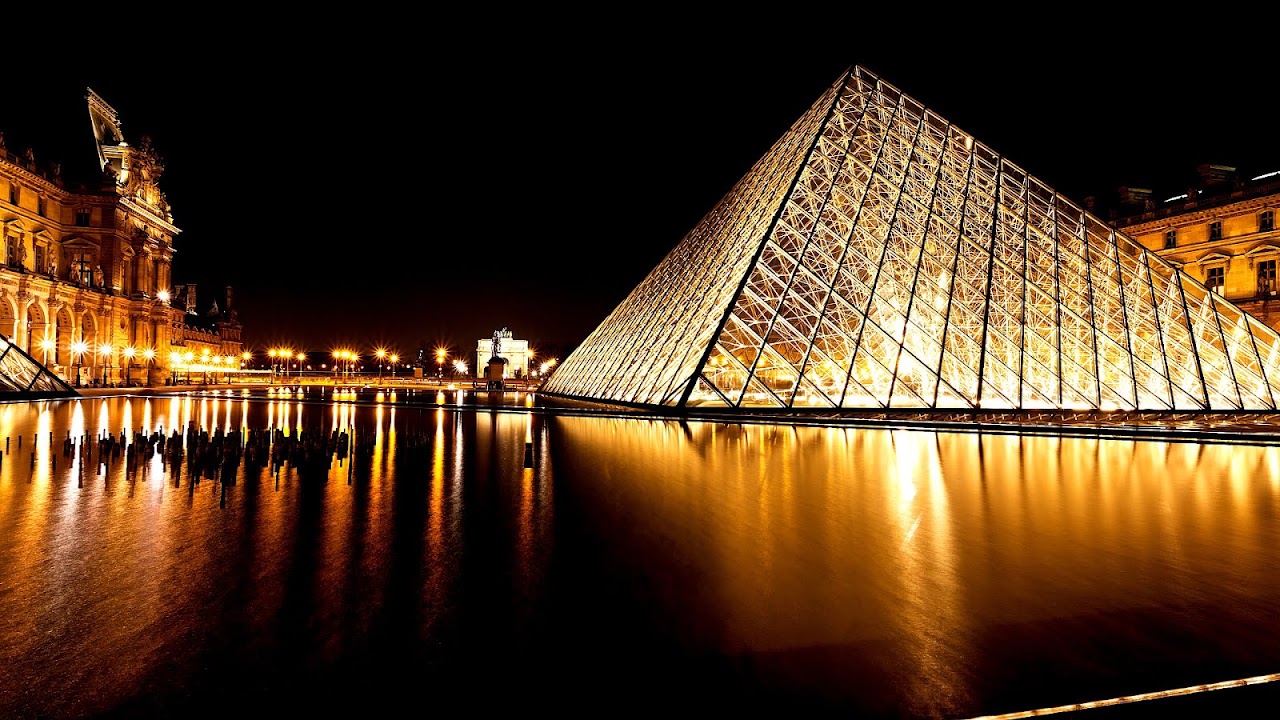
The Guildhall Art Gallery houses the art collection of the City of London, England. It occupies a building that was completed in 1999 to replace an earlier building destroyed in The Blitz in 1941. It is a stone building in a semi-gothic style intended to be sympathetic to the historic Guildhall, which is adjacent and to which it is connected internally.

Maps, Directions, and Place Reviews
History
The gallery was originally built in 1885 to house art collections from the City of London Corporation and the present collection consists of about 4,000 works, of which around 250 are on display at any one time. Many of the paintings are of London themes. There is also a significant collection of Victorian era art, including Pre-Raphaelites, which features paintings by artists such as John Everett Millais, Dante Gabriel Rossetti, Abraham Solomon, Edward John Poynter and Edwin Landseer, and a view of Salisbury Cathedral by John Constable. The centrepiece of the largest gallery is John Singleton Copley's huge painting The Defeat of the Floating Batteries at Gibraltar.
Art Museum London Video
Amphitheatre
The Guildhall complex was built on the site of London's Roman amphitheatre, and some of the remains of this are displayed in situ in a room in the basement of the art gallery. Discovered in 1988, the site is now a protected monument. It is under the Guildhall Art Gallery. London's first Roman amphitheatre was built in AD70 from wood but was renovated in the early 2nd century with tiled entrances and rag-stone walls. The amphitheatre was used for various public events such as gladiator games, entertaining soldiers and the public with animal fighting and public execution of criminals, as well as religious activities. When the ancient Romans left in the 4th century the amphitheatre lay derelict for hundreds of years. In the 11th century the area was reoccupied and by the 12th century the first Guildhall was built next to it.
Source of the article : Wikipedia


EmoticonEmoticon